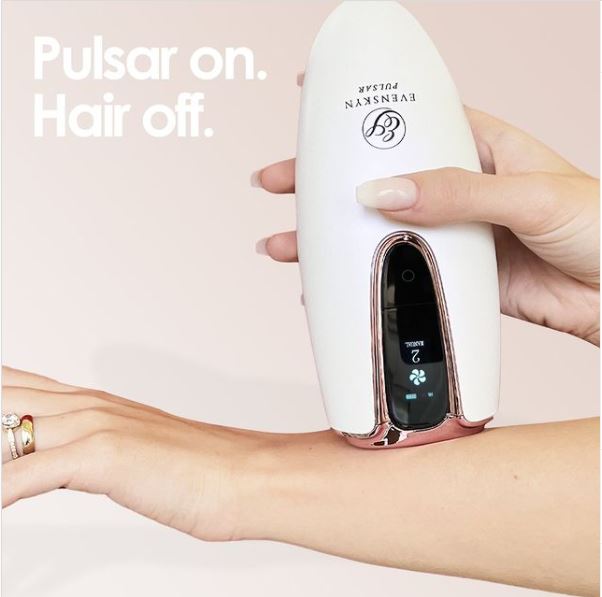There are various innovations for improving the skin, from reducing skin pigmentation to promoting skin clarity even to skin aging reversal.
One of science’s greatest discoveries that a lot of women are grateful for is Light Therapy. This skin treatment method can be painless, safe, non-invasive, quick, and most importantly, effective. In just a wave of a wand, all your skin problems can go away.
What is Light Therapy?
UV Phototherapy, or Light Therapy, uses Ultraviolet (UV) radiation and wavelengths of light to manage skin conditions. UV light penetrates the skin and the energy produced by the light is used to stimulate the cell renewal and rejuvenation process. It has been proven to be a highly effective means to treat and improve the skin.
Used for decades with a high success rate, Light therapy has become an integral part of modern skincare processes and procedures.
Great skin can be attained through a quick visit to a skincare specialist or even in the comfort of your home as there are now revolutionary products you can buy like Lumo Anti-Aging & Skin Tightening Handset by EvenSkyn.
Types of Light used for UV Phototherapy
There are two (2) types of Light Therapy, Blue Light and Red Light. While one type can be used on its own, a combination of both is usually used for optimum results.
Blue light is effective at eliminating bacteria and clearing pores, hence treating acne, psoriasis, sun damage, and a wide range of skin conditions. On the other hand, red light hastens collagen and elastin production. This promotes cell production, which helps in wrinkles and other skin aging concerns. The result is firmer and glowing skin.
The main difference between blue light and red light is the wavelength. The red light’s wavelength is longer than the blue light, meaning that it goes deeper into the skin and works on the cells and sebaceous glands. Meanwhile, the blue light works into the pores and gets rid of the bacteria.
How Does Red & Blue Light Therapy Benefit the Skin?
A significant percentage of people suffer from acne and various skin concerns, nowadays. There are many acne medicines and skincare products out in the market, each claiming its wonders. However, it might take a while to find a product that works.
Light Therapy is a great technology backed by extensive research and testing. More than this, notable improvement can be seen quickly in one session.
A combination of Red & Blue Light Therapy is often used together to optimize their effects. As we get older, the skin may have difficulties maintaining healthy skin cells. Consequently, it might take some time for the skin to respond to topical and medical treatments. However, the skin responds naturally to light and wavelengths.
With Red & Blue Light Therapy, each wavelength penetrates the pores and deep into the skin layers. Each light source stimulates cell regeneration, kills bacteria, speeds up tissue repair, and enhances collagen production.
This combination acts as a catalyst in the overall rejuvenation and healing process of the skin. As an effect, skin is revitalized and acne is visibly reduced after several sessions.
A varying level of these two not only helps treat acne but a whole lot of other skin conditions like:
- Psoriasis
- Rosacea
- Dermatitis
- Eczema
- Skin aging
- Shrinks pores
- Regulates oil
- Accelerates skin healing
The Ultimate Skincare at the Comfort of Your Home
Relevant studies show that there is more to the Red and Blue Light Therapy that makes it worth your while. While it can be very relaxing to treat yourself to a day of pampering, the best results need regular treatments. This can be costly and could be challenging to squeeze into your schedule, too.
Fortunately, this skincare treatment can be done in the comfort of your home. It is a DIY skincare treatment that eliminates costly clinic treatments. EvenSkyn offers sophisticated skincare handsets that yield great results and can save you a lot of money in the long run.
Blue and red light treatments are now available in a small handheld tool. This is an investment that can stand the test of time.
References:
https://www.sciencedirect.com/science/article/pii/S1087002415302380
https://www.ncbi.nlm.nih.gov/pmc/articles/PMC4126803/
https://onlinelibrary.wiley.com/doi/abs/10.1002/lsm.20412
https://onlinelibrary.wiley.com/doi/abs/10.1111/j.1468-3083.2011.04039.x










Leave a comment
All comments are moderated before being published.
This site is protected by hCaptcha and the hCaptcha Privacy Policy and Terms of Service apply.